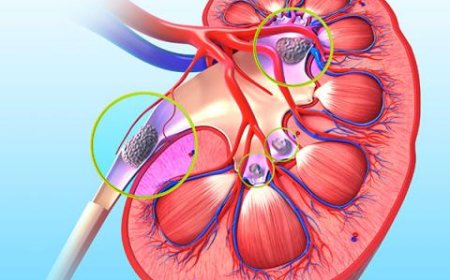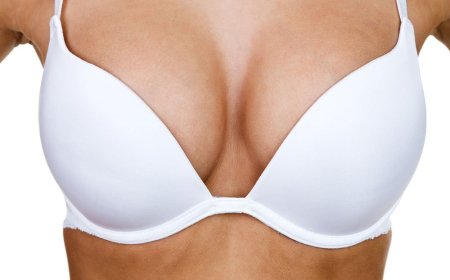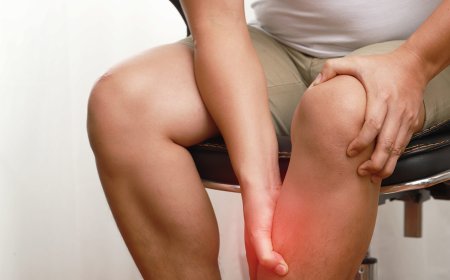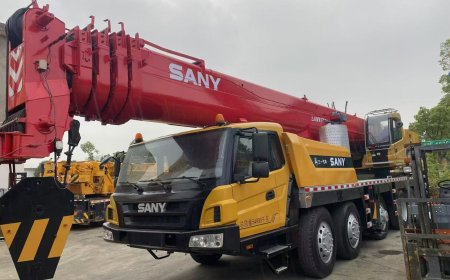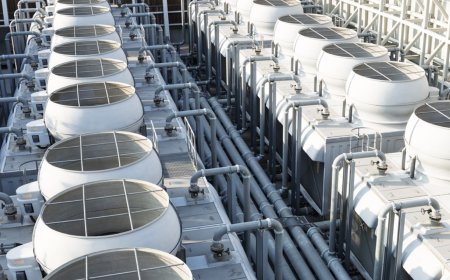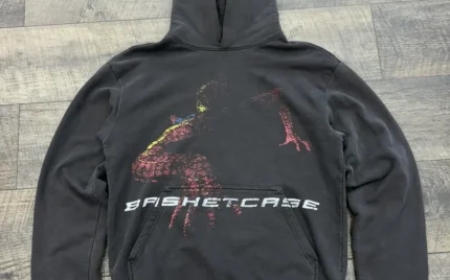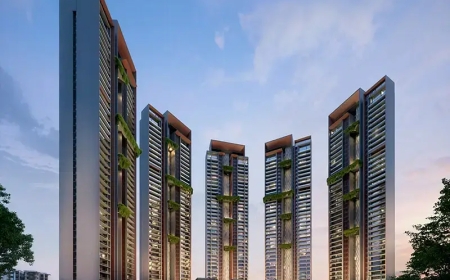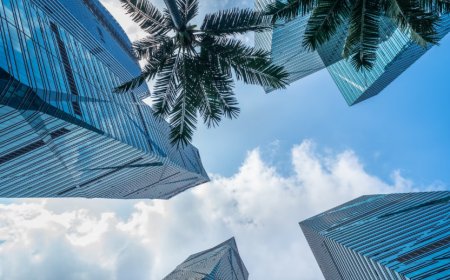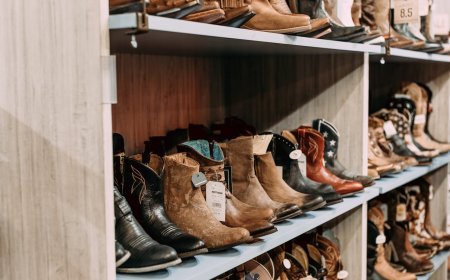Fibreglass Stair Nosing and Steel Stair Treads: Durable Safety Solutions for Every Environment

When it comes to stair safety, durability and slip resistance are essential. Stair-related accidents remain a significant concern in both residential and commercial settings. As a result, building owners, facility managers, and safety professionals seek long-lasting, efficient solutions that not only reduce the risk of falls but also enhance accessibility and compliance with safety standards. Two key components that rise to the challenge are fibreglass stair nosing and steel stair treads.
In this blog, we explore the benefits, applications, and unique characteristics of these stair safety products and explain why they are crucial additions to high-traffic and hazardous environments.
What is Fibreglass Stair Nosing?
Fibreglass stair nosing is a safety enhancement applied to the edge of stairs to increase grip, visibility, and durability. Typically manufactured using reinforced fibreglass with embedded anti-slip grit, these nosings are designed to withstand harsh environments.
Key Features:
-
High slip resistance: The grit embedded in fibreglass nosing provides outstanding traction, even in wet or oily conditions.
-
Corrosion resistant: Fibreglass resists rust, making it perfect for outdoor applications or areas exposed to chemicals or moisture.
-
Lightweight and strong: Despite being lightweight, fibreglass nosing is incredibly durable and can withstand heavy foot traffic.
-
UV stable: Suitable for outdoor environments without fading or degrading.
Benefits of Fibreglass Stair Nosing
-
Improved Safety: The abrasive surface of fibreglass nosing greatly reduces the likelihood of slips and falls, especially in high-risk environments like factories, commercial kitchens, and outdoor staircases.
-
Visual Contrast: Available in high-visibility colours such as yellow or white, fibreglass nosing enhances step definition and assists users with visual impairments.
-
Long-Term Cost Savings: With resistance to chemicals, impact, and weather, fibreglass nosing requires minimal maintenance and offers a long lifespan, reducing replacement costs.
-
Easy Installation: Fibreglass nosing can be glued, screwed, or bolted to existing stairs, making it ideal for retrofitting older staircases.
What are Steel Stair Treads?
Steel stair treads are durable stair coverings or replacements designed to reinforce or rebuild stair surfaces. They are especially useful in industrial settings, warehouses, and outdoor access stairs where safety and load-bearing capacity are priorities.
Types of Steel Stair Treads:
-
Grated Steel Treads: Provide excellent drainage and slip resistance.
-
Checker Plate Treads: Feature a raised pattern for added grip.
-
Perforated or Serrated Treads: Designed for maximum traction.
Benefits of Steel Stair Treads
-
Extreme Durability: Steel stair treads are built to handle heavy loads, frequent traffic, and harsh environmental conditions without deforming or breaking.
-
Versatile Applications: Commonly used in commercial, industrial, and even marine environments. Their strength and slip resistance make them suitable for elevated walkways, platforms, and fire exits.
-
Customisable Designs: Available in a variety of profiles, finishes, and sizes to meet specific safety standards and architectural requirements.
-
Structural Integrity: Steel treads can serve as the primary load-bearing element of the stairway, offering both safety and support.
Fibreglass vs. Steel: Which One is Right for You?
While both fibreglass stair nosing and steel stair treads enhance safety and compliance, they serve different purposes and are suited to distinct applications.
Use Fibreglass Stair Nosing when you're retrofitting steps that are still structurally sound but need better traction and visibility.
Use Steel Stair Treads when building or replacing stair structures that must support heavy use and meet strict durability standards.
Applications Across Industries
Industrial Facilities: Steel stair treads are standard in factories and warehouses, where durability and strength are essential. Fibreglass nosing is often added to improve worker safety in environments where spills or dust are common.
Public Buildings: In schools, hospitals, and transit stations, fibreglass stair nosing improves safety for high pedestrian traffic areas without major structural changes.
Outdoor Settings: Both fibreglass and steel solutions perform well outdoors. Fibreglass excels in coastal or chemical-exposed areas, while steel treads are ideal for heavy-use applications such as stadium access or fire escapes.
Commercial Buildings: Office complexes and retail centres benefit from the aesthetic flexibility and performance of fibreglass stair nosing, which can blend into modern interiors while enhancing safety.
Conclusion
When it comes to stair safety, overlooking the right materials can be a costly mistake. Whether you're reinforcing stairs in a warehouse or upgrading safety in a public space, both fibreglass stair nosing and steel stair treads offer long-term benefits in performance, safety, and compliance.
Each has its strengthsfibreglass for its corrosion resistance and visibility, steel for its unmatched durability and load-bearing capacity. Choosing the right solution comes down to understanding your environment and safety priorities.
If you're planning a staircase upgrade, consider combining both: steel stair treads for structural integrity and fibreglass stair nosing for added slip resistance. Together, they create a stair system that is safe, durable, and ready for anything.





